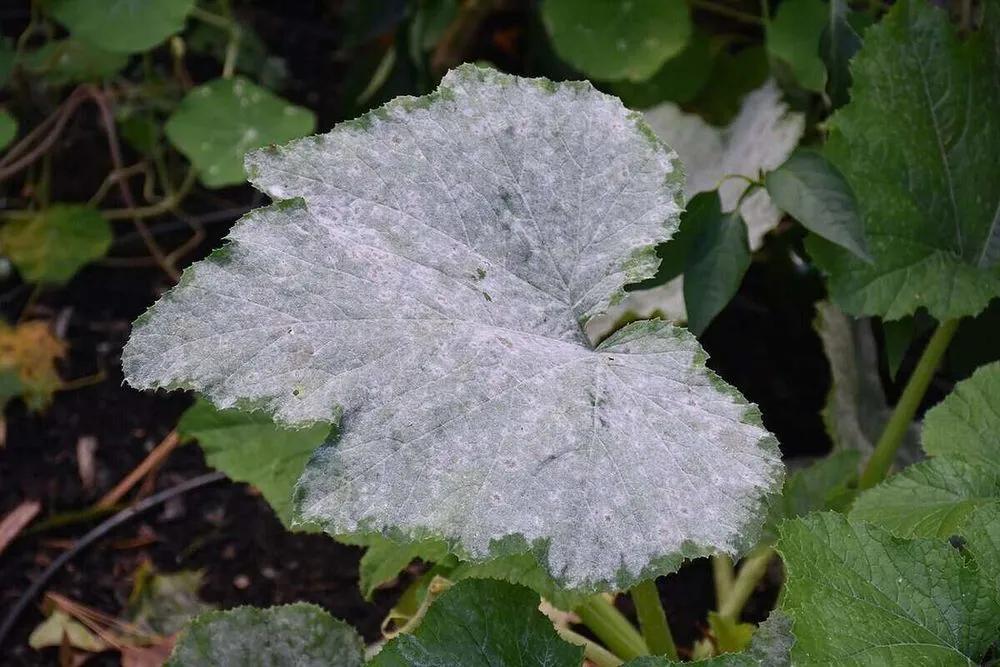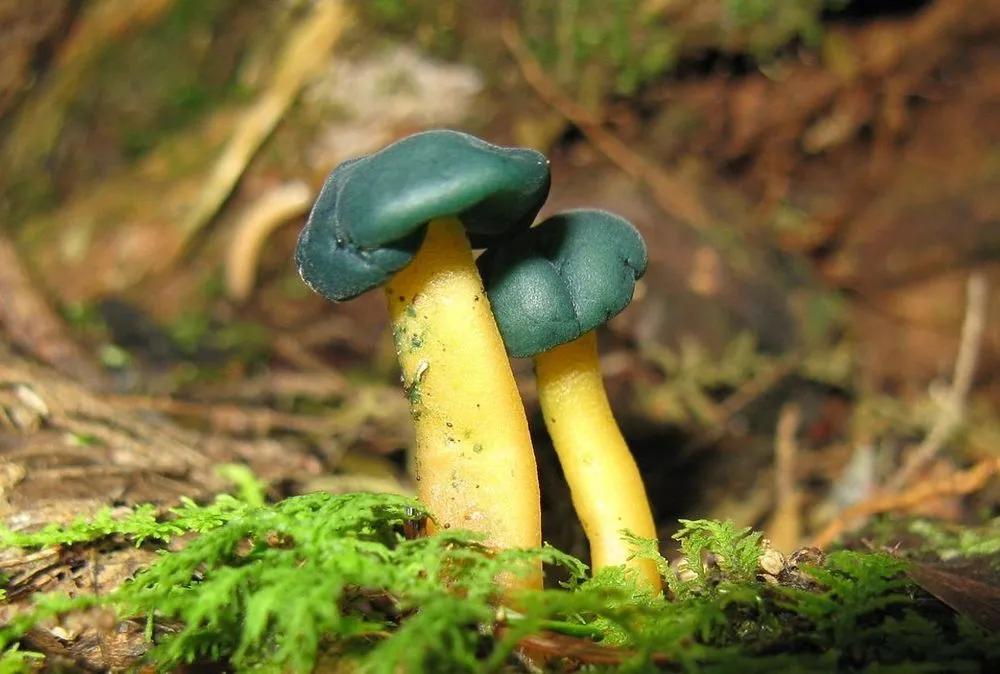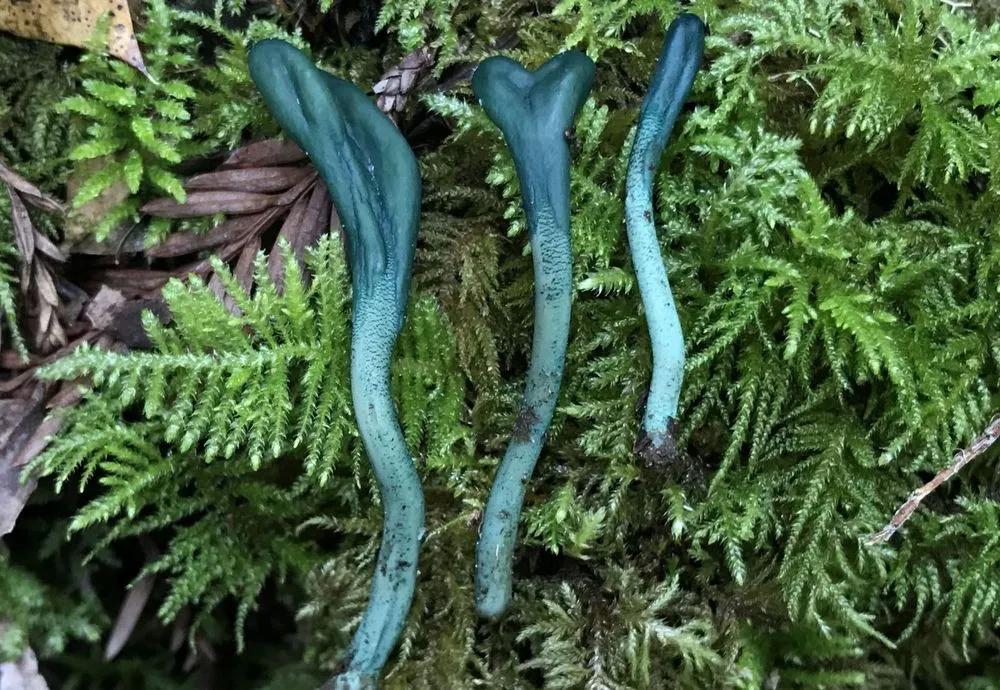Leotiomycetes is a class of fungus that is inserted in the Ascomycota phylum and are widely known for being plant pathogens. Its most known members are powdery mildews, but it also includes other pathogens like necrotrophic fungal pathogens, which display contrasting infection strategies and range of hosts compared with powdery mildews. Gray molds are also part of this class. In general, the fungi in this class tend to grow on the surface of plants, making their presence somewhat easier to identify. They affect a wide range of hosts and seriously impact agricultural economics due to the destruction of crops.
Leotiomycetes



Signs of damage
A wide range of species and a wide range of hots translates into a wide variety of symptoms:
- Leaf damage. Leaves will often curl and display spots that eventually become covered in mold. This will force them to wilt and eventually collapse and fall. The underside of leaves will also show fungal growth, usually white.
- Chlorosis. Of leaves, but most importantly, chlorosis of flowers and buds, turning brown and dark.
- Rotting. Flowers, fruits, and buds will rot, causing a major impact on plants’ health and also the reproduction of that plant due to insufficient flowers for pollination and fruit production, leading to lower production of seeds.
- Stunted growth.
How to prevent
Prevention techniques should always start with good sanitation practices by keeping the area tidy and free of debris and infected materials, keeping tools and other equipment clean, and washing hands between handling plants, especially if some are suspected to be infected.
Besides this, optimal growing conditions should be met for each specific plant to ensure resistance to pathogens and to make plants less vulnerable. Also, proper care will mean no favorable conditions for fungal growth, such as excess humidity and overwatered soils.
You can use preventive chemical practices by employing fungicides before the growing season or when weather conditions might increase their proliferation.
Heal
Choose fungicides that contain sulfur, as these are known for being effective at both preventing and treating fungal infections. Always target the specific fungus, if possible, and choose the right fungicide for each plant.
Go Premium to continue reading
Also you’ll get unlimited access to disease identification and all the other beneficial features
More problems
